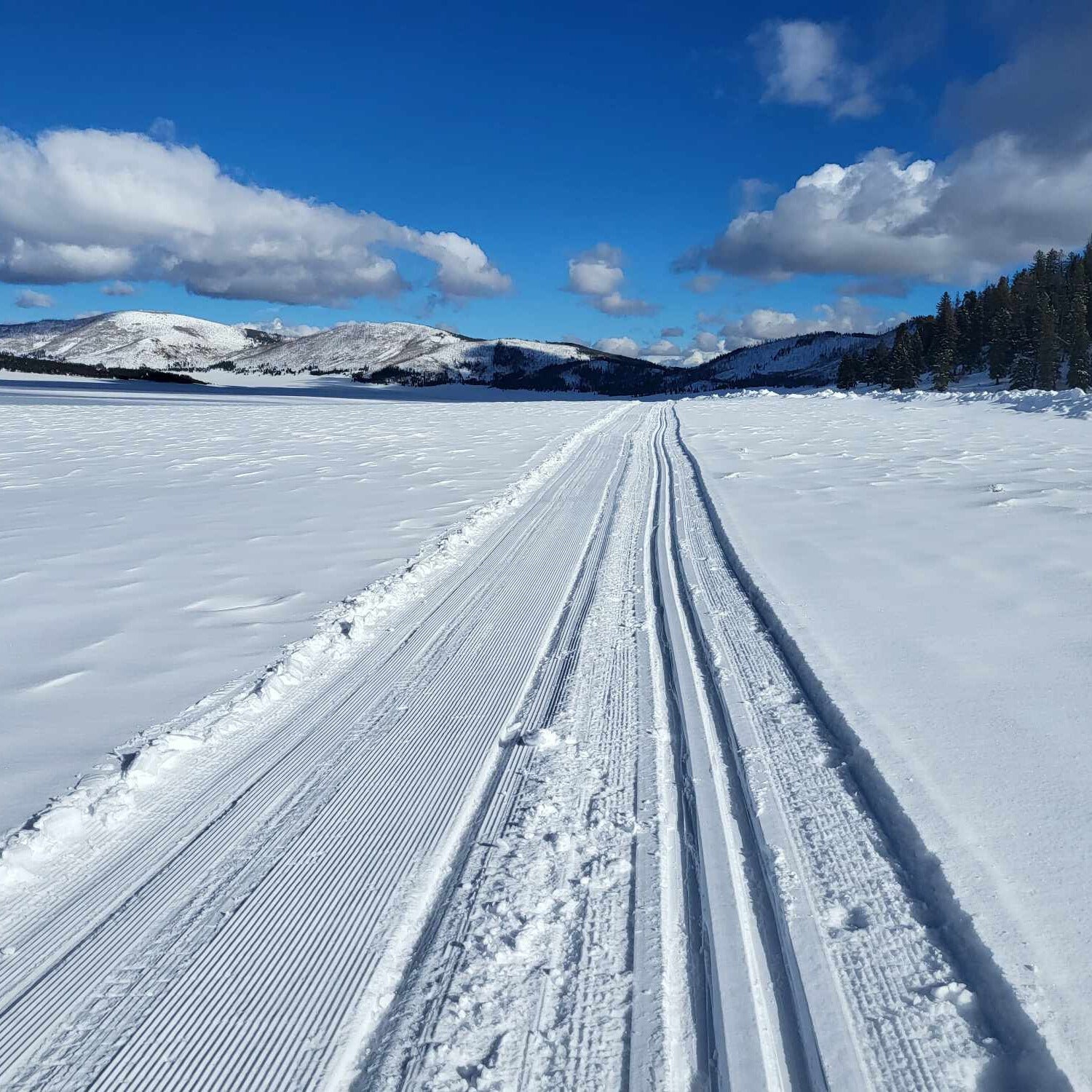Your Cart is Empty
accepting gear drop offs Mon-Sat 10am-5pm. No Consignment acceptance on Sundays.
accepting gear drop offs Mon-Sat 10am-5pm. No Consignment acceptance on Sundays.

One of the main ways to determine running shoe type is by looking at sole thickness. The sole is what cushions and stabilizes you, and how much of it your shoes have goes a long way to predicting how comfortable the shoes will be.
But, more sole does not always equate to a better shoe, and the reason behind this is guided in part by what kind of runner you are.
With so many shoes offering varying levels of sole thickness, how do you know what’s best for you? Let’s look at the importance of sole thickness, how it impacts your running performance, and what to look for when choosingrunning shoes in Durango.
Sole thickness refers to the amount of cushioning between your foot and the ground. This thickness can affect everything from shock absorption to ground contact. For the most part, the thicker the sole, the more cushioning and support you get. On the other hand, the thicker the sole is, the heavier, less flexible, and less responsive the shoe is.
Runners who log lots of miles may look for extra padding to help absorb the impact of each stride and reduce joint strain, particularly in the knees, hips, and lower back.
Shoes with thinner soles provide less cushioning and offer a firmer, more responsive feel. This can entice runners in search of a more natural running experience or those who run on softer surfaces like trails or grass.
The thickness of the sole can also influence a shoe's stability. A thicker sole usually results in a higher stack height (the distance from your foot to the ground), which can affect balance and center of gravity. Shoes with a ton of cushioning may feel wobbly, especially during sharp turns or at high speeds.
Shoes with thinner soles generally provide a lower drop and a closer-to-the-ground feel. This can result in better ground contact, more stability and a faster, more connected running experience. Looking for pure speed? Try a minimalist shoe, which should have more responsiveness and tactile feedback.
Thicker soles can sacrifice flexibility. A thick, cushioned sole can be stiffer, which might slow your natural stride and cadence. If you’re training, on a long run, or on a trail run with as much walking as running, this may not be a big deal. For sprinters and competitive runners, shoes with thinner soles are usually the way to go since you get more flexy and quicker transitions from foot strike to push-off.
That said, new shoes are blending the two traits in innovative ways, offering models with thick soles that are still flexible enough for fast running. These shoes incorporate lightweight materials or advanced cushioning tech that strikes a balance between comfort and performance.
It should come as no surprise that thicker soles require more material, and that results in weightier shoes. While an extra ounce or two may not seem like much, multiple that by 10,000 steps and you’re guaranteed to feel the difference. Thinner shoes have less stuff, which means they usually weigh less. Here again, tech is offering options by using thicker foam that is extremely lightweight. These materials include EVA foam or TPU, which provide cushioning without adding excessive bulk.
So what sole thickness is best for you? That depends on what type of running you are doing, how your feet and joints respond to stress, and what overall experience you are looking for. Long-distance runners or those worried about their feet and joints may. The ideal sole thickness depends on various factors, including your running style, goals, and injury history. If you’re someone who regularly runs long distances or on hard surfaces, a thicker sole with more cushioning may be the way to go. This means a stack height generally of around 30 mm or more–some models are pushing 50 mm. OTOH, if you prefer a barefoot-like experience, or are focused on speed and agility, you’ll want a stack height of 15 mm or less. Many runners prefer a balanced approach that includes both comfort and stability, putting them in the 20-30 mm range.
Not sure what is right for you? Looking for a quiver of shoes to suit various running goals? Used running shoes fromDurango Outdoor Exchange can be a great way to sample many different kinds of running shoes for very little money.

Work crews were busy over the off season making changes to ski areas across the region. While the hoped-for new lifts at Purgatory aren’t going to spin, there are plenty of reasons for you toget some wax (or new skis) from Durango Outdoor Exchange and hit the slopes this winter.

Thanksgiving is almost here–and skiing this early is always a gamble. Here are some non-skiing warm(er) weather destination ideas for the long break.

Just a couple hours from Durango, Valles Caldera is a great cross-country skiing destination, with surprisingly good snow and very few visitors.
Valles Caldera National Preserve is a popular hiking destination in the summer and a surprisingly great skiing destination in the winter.